Why Do Old Masters Count?
written by art historian & curator
Throughout history, certain individuals have transcended their time and place to become enduring symbols of inspiration, aspiration, and cultural significance. From ancient philosophers and artists to revolutionary leaders and pop culture icons, the legacy of these old models continues to resonate in today’s society, serving as guiding lights for future generations. Nowadays, many young people are interested in personal development and self-improvement. Virtue ethics, which emphasises the cultivation of good character traits, concepts like mindfulness, resilience, and integrity are often framed within the context of ancient philosophical teachings.
The annals of history are replete with figures whose contributions have left an indelible mark on society. Whether it be the wisdom of Socrates, the artistic genius of Leonardo da Vinci, or the revolutionary zeal of Mahatma Gandhi, these old models continue to inspire contemporary thought and action. Let’s explore why old masters of culture really count.
Videos you may enjoy as well:
Philosophical and Ethical Foundations
The philosophical and ethical foundations established by ancient thinkers have left a legacy that is seen today in contemporary society in all its structures. These foundations influence our understanding of morality, justice, human nature, and the patterns of societies. Personalities such as Socrates, Plato, and Aristotle are particularly significant. Socrates, through his dialectical method, emphasised the importance of questioning and critical thinking. His approach laid the groundwork for the development of Western philosophy and the scientific method of discovering the world. The Socratic method, involving asking and answering questions to stimulate critical thinking and to illuminate ideas, is still widely used in educational systems today.
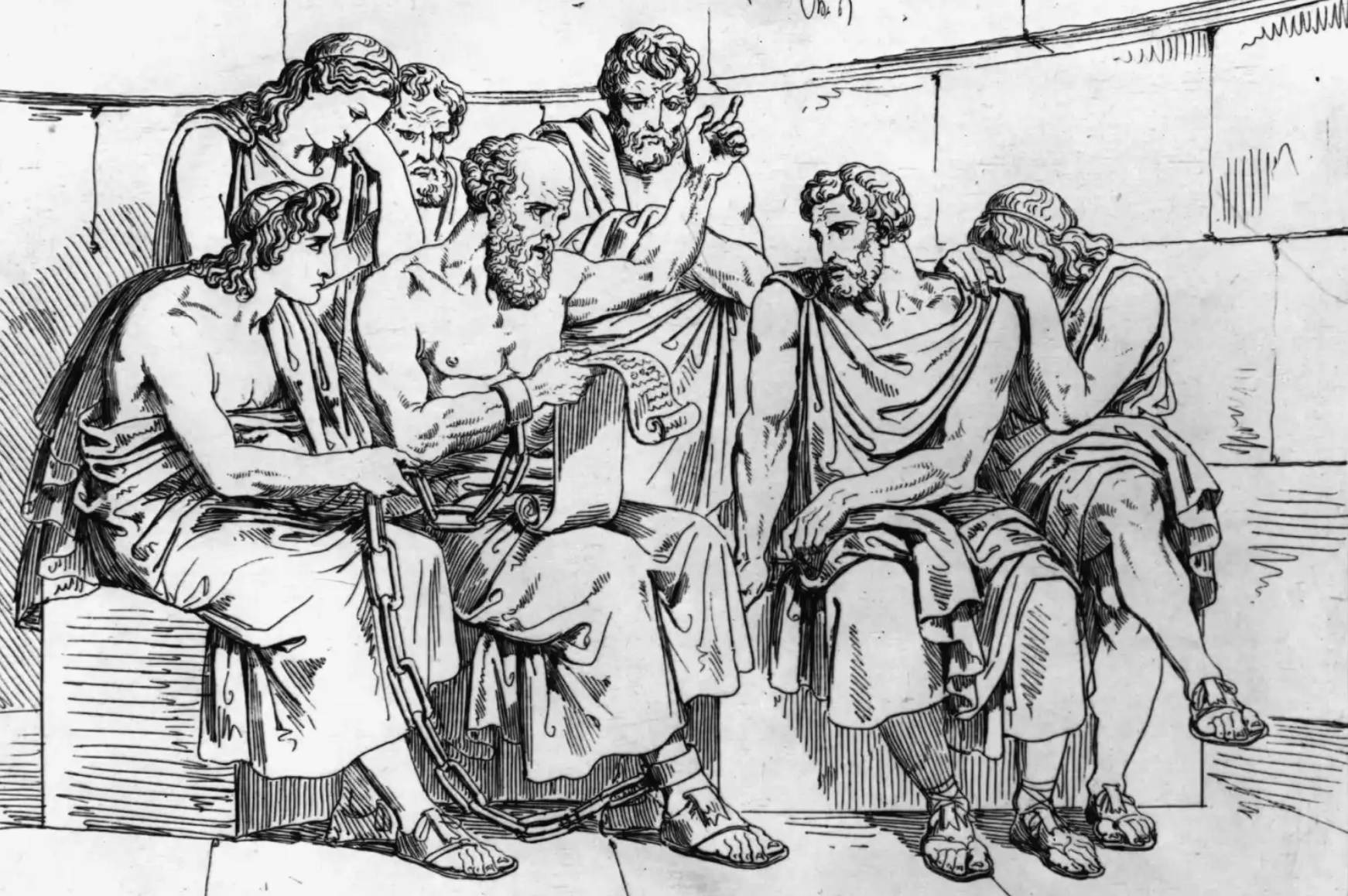
Plato introduced the concept of ideal forms and argued that the material world is a shadow of the true reality, which can only be apprehended through intellectual reasoning. His work ”The Republic”, written around 375 BC is exploring justice, the ideal state, and the philosopher-king concept, influencing modern political theory and the idea of enlightened governance.
Aristotle, a student of Plato, made substantial contributions to various fields including ethics, politics, metaphysics, and logic. His Nicomachean Ethics explores the concept of virtue ethics, which underlines the development of good character traits (virtues) as the basis for moral living. Aristotle’s ideas on ethics and politics, particularly the notion of achieving eudaimonia (flourishing or happiness) through virtuous living, continue to influence contemporary discussions on personal development and public policy.
The School of Athens
”The School of Athens”, painted by Raphael between 1509 and 1511, is one of the most celebrated frescoes of the Italian Renaissance. Located in the Vatican’s Apostolic Palace, it epitomises the Renaissance’s adoration of classical antiquity and its philosophical and intellectual legacies. Analysing this masterpiece from the perspective of old models of the past reveals the profound respect and integration of ancient wisdom into Renaissance culture approx. 1500 years later.
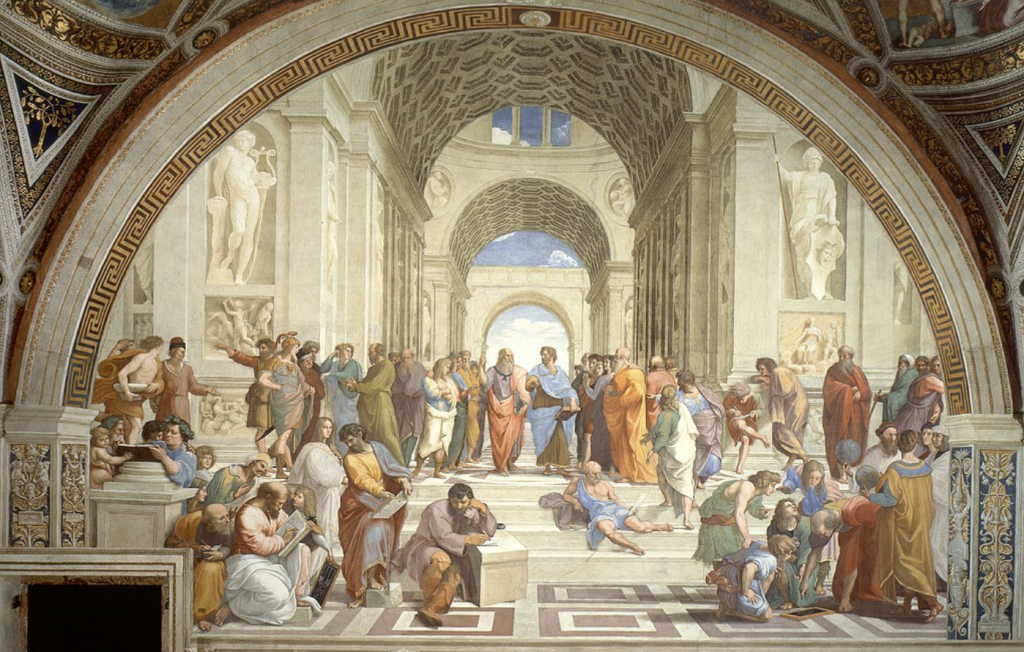
At the centre of the composition are Plato and Aristotle, each representing different philosophical approaches that were foundational to Western thought. Plato, holding his book ”Timaeus” and pointing upwards, symbolises his theory of ideal forms and the belief in a higher, transcendent reality. This reflects the ancient Greek philosophical model that emphasises metaphysical ideals and the pursuit of ultimate truths beyond the physical world. In contrast, Aristotle, with his book ”Nicomachean Ethics” and his hand gesturing towards the earth, represents empirical observation and the belief that knowledge is grounded in the physical world. His philosophy emphasises practical ethics and the importance of virtue in achieving a good life, mirroring the ancient model of virtue ethics.
Raphael populated the fresco with numerous other figures from classical antiquity, each embodying different aspects of ancient thought. Socrates, engaging in dialogue, exemplifies the Socratic method of inquiry and the pursuit of wisdom through questioning, another foundational model of Western philosophical education. Pythagoras, depicted with a tablet, represents mathematical and scientific inquiry, highlighting the ancient model of seeking knowledge through the study of numbers and the natural world. Euclid, demonstrating geometric principles, embodies the importance of mathematics and geometry in ancient Greek education, reflecting the model of rigorous, logical thought. Ptolemy, holding a globe, signifies the ancient contributions to astronomy and geography, showcasing the classical model of understanding the cosmos.
The architectural setting of the masterpiece itself is a homage to classical antiquity. The grand arches, columns, and coffered ceilings are inspired by Roman architecture, symbolising the Renaissance reverence for ancient Rome and Greece as the pinnacles of artistic and intellectual achievement. The use of linear perspective, which was rediscovered and refined during the Renaissance, underscores the connection to ancient techniques and the revival of classical art forms. The symmetrical composition and the balanced arrangement of figures reflect the harmony and order valued in classical art and philosophy.
”The School of Athens” is also a testament to Renaissance humanism, a movement that sought to revive and integrate the wisdom of classical antiquity with contemporary thought. By depicting philosophers and scholars engaged in active discourse, Raphael emphasises the humanist belief in the potential for intellectual and moral achievement through the study of ancient texts and ideas. The fresco illustrates the humanist effort to synthesise different schools of thought—philosophical, scientific, and artistic—reflecting the Renaissance ideal of the well-rounded, knowledgeable individual.
”The School of Athens” encapsulates the enduring legacy of ancient models on Renaissance and modern thought. The fresco serves as a visual representation of the intellectual heritage passed down from antiquity, highlighting the importance of these old models in shaping contemporary education, philosophy, and science. The gathering of great thinkers in one space serves as an inspirational model for intellectual communities and educational institutions, emphasising collaborative learning and the pursuit of knowledge.
Raphael’s ”The School of Athens” masterfully integrates and celebrates the old models of the past, showcasing how the Renaissance period revered and revitalised ancient Greek and Roman philosophies, sciences, and arts. Through its depiction of central figures, architectural elements, and philosophical themes, the fresco underscores the lasting impact of classical antiquity on subsequent generations and its continued relevance in contemporary discourse.
Relevance for Contemporary Society
Despite the passage of time, the influence of old models and icons remains palpable in contemporary society. Their teachings, artistry, and legacies continue to influence the way we understand the world today. Moreover, the reinterpretation and adaptation of these timeless ideals in modern contexts reflect their enduring relevance and adaptability to changing times. The ancient philosophical foundations of the Greek golden age have evolved and integrated into modern ethical frameworks. The Enlightenment period, for example, saw the re-examination of ancient ideas, leading to the development of new ethical theories such as utilitarianism, deontology, and existentialism.

Utilitarianism, as articulated by Jeremy Bentham and John Stuart Mill, stresses the greatest happiness principle, where actions are judged based on their consequences for overall well-being. Immanuel Kant’s deontological ethics focuses on the inherent morality of actions, underlining duty and the categorical imperative, which insists on actions that can be universally applied. Existentialist thinkers like Jean-Paul Sartre and Friedrich Nietzsche challenge traditional moral frameworks, focusing on individual freedom, choice, and the creation of personal meaning in a seemingly indifferent universe.
Youngsters reinterpret today ancient philosophical concepts in the context of self-help and personal development. Stoicism, for example, has seen a resurgence among young people for its practical advice on dealing with stress and adversity. Books like Ryan Holiday’s ”The Daily Stoic” and podcasts dedicated to Stoic philosophy provide actionable insights drawn from ancient texts. Eastern philosophical traditions, particularly those from Buddhism and Hinduism, have been integrated into modern wellness practices. Mindfulness and meditation, rooted in ancient teachings, are widely practiced for mental health and well-being. Apps like Headspace and Calm often incorporate principles from these philosophies, making them accessible to a global audience.
As custodians of cultural heritage, it is incumbent upon us to preserve and honour the legacies of old models and icons for future generations. Through education, preservation efforts, and commemorative activities, we ensure that their contributions are not forgotten but celebrated as pillars of human achievement and progress. By recognizing and celebrating their contributions, we enrich our cultural tapestry and forge deeper connections to our shared heritage. As we navigate the complexities of the modern world, let us draw inspiration from the timeless wisdom and enduring legacies of those who have come before us.

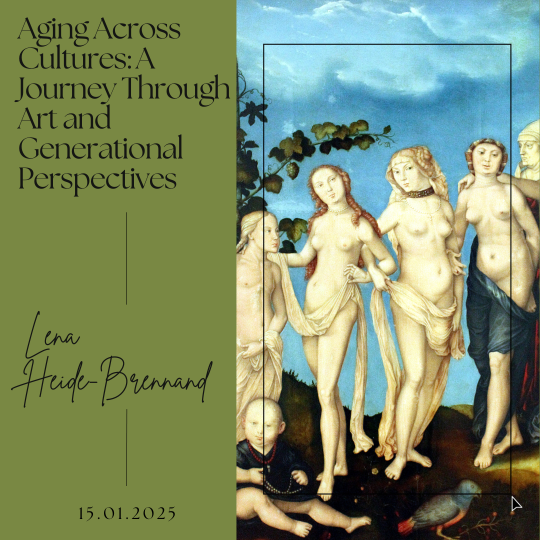
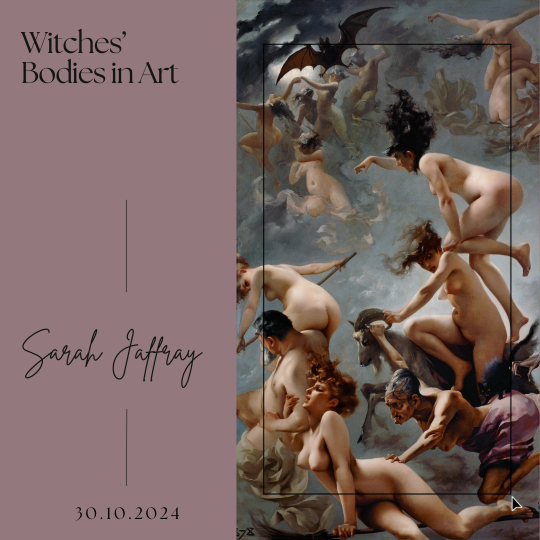
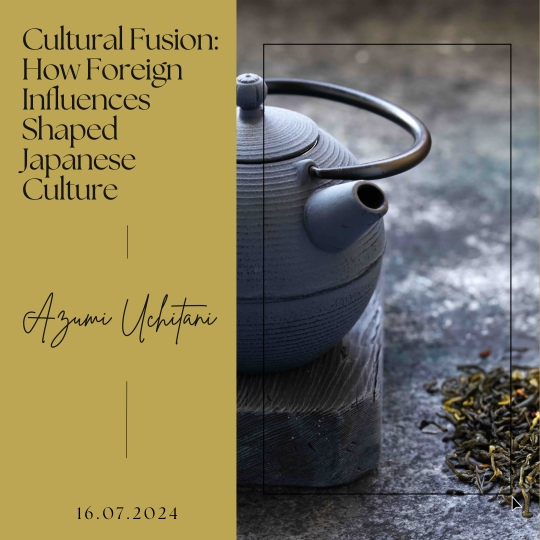
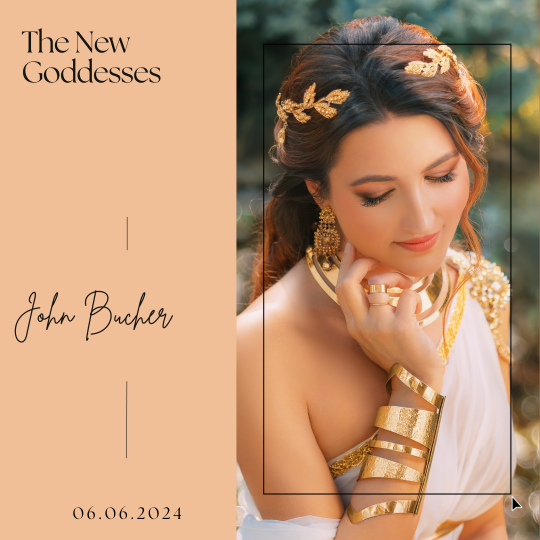
Leave a Reply